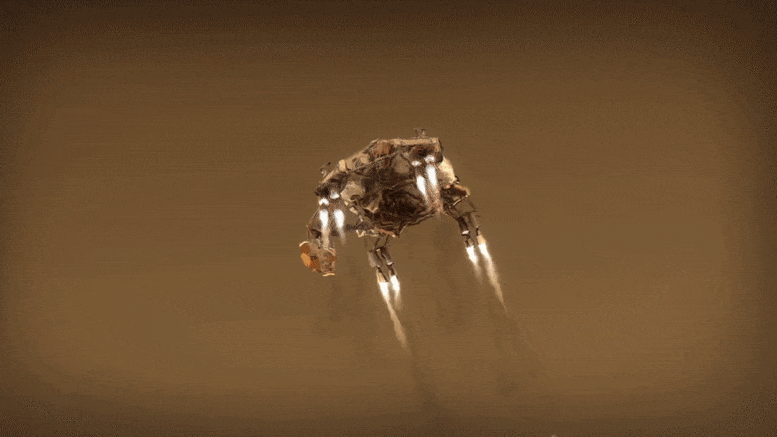
Animation of NASA’s Mars Perseverance Rover landing on Mars. Credit: NASA/JPL-Caltech
What’s it like landing on Mars? Tough! But every time we land, we learn more. When NASA’s Perseverance Mars rover descended toward the Red Planet, it was decked out with temperature and pressure sensors that collected critical data about entry and landing conditions. NASA engineer Alex Scammell tells us more.
It’s an intense, challenging, and exciting series of events. NASA’s most recent Mars rover, Perseverance, slowed from nearly 13,000 miles an hour to a soft landing on the surface in about seven minutes. It involved a parachute, thrusters, and even a sky crane.
But the majority of that deceleration was caused by the Martian atmosphere creating drag on the rover’s heat shield and that heat shield went through a lot to keep the spacecraft safe.
Understanding what the heat shield experienced during entry can help us design more efficient heat shields for future missions. That’s why we installed MEDLI2, a set of temperature and pressure sensors spread across the inside of the heat shield that measured the extreme conditions experienced during Perseverance’s descent to Mars.
With the data collected from MEDLI2, we’ll be able to improve sizing predictions for future heat shields and save spacecraft mass for scientific instruments, supplies and even humans.
So, what’s it like landing on mars? It’s hot and very challenging and that’s why we’re working hard to make the process better for future missions.
We Asked a NASA Expert Video Series
- Why is Venus Called Earth’s Evil Twin?
- Is NASA Really Crashing a Spacecraft Into an Asteroid?
- Is NASA Aware of Any Earth-Threatening Asteroids?
- When Was the Last Time an Asteroid Hit Earth?
- How Did Perseverance Mars Rover Pick Its Landing Spot?
- What if an Asteroid Was Going To Hit Earth?
- Did Mars Ever Look Like Earth?
- What Are Lagrange Points?
- What Are the Trojan Asteroids?
- Is There Oxygen on Mars?
- Does NASA Know About All the Asteroids?
- Do Aliens Exist?
- Is There Weather on Mars?
- Will an Asteroid Ever Hit Earth?
- Is Mars Habitable?
- Could Microbes Survive a Trip to Mars?


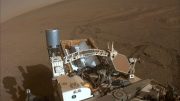

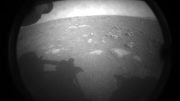
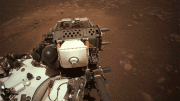
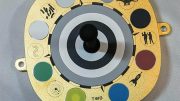
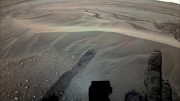

Be the first to comment on "We Asked a NASA Scientist: What’s It Like Landing on Mars? [Video]"